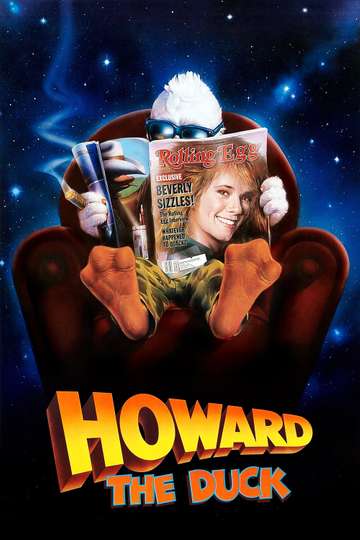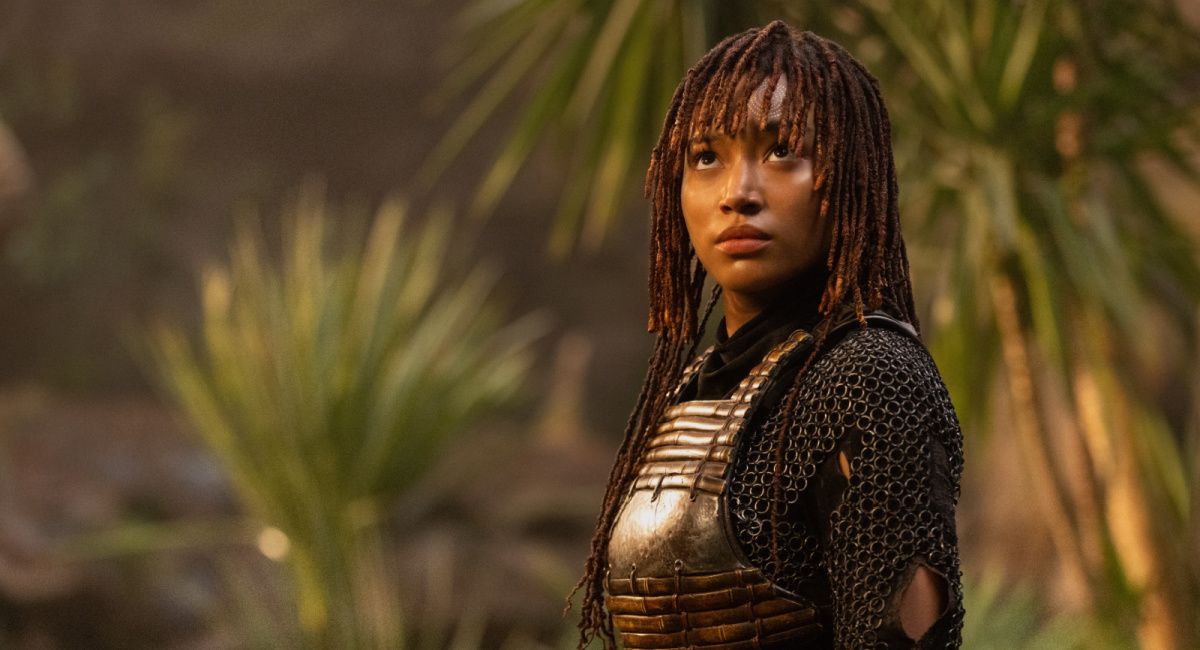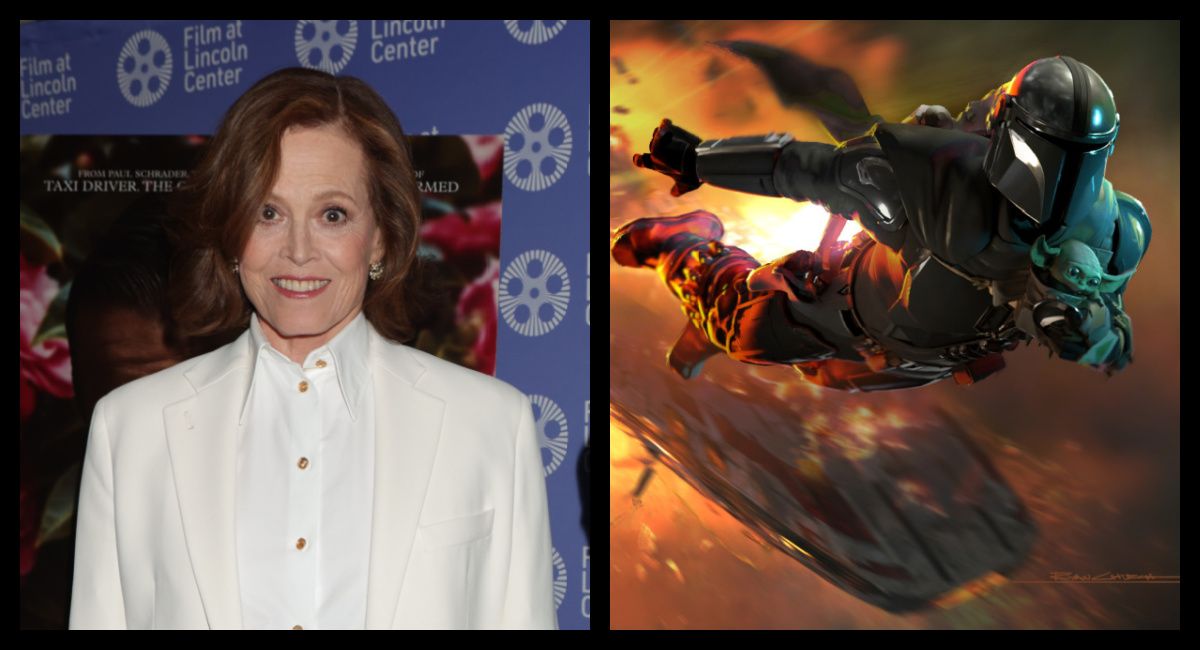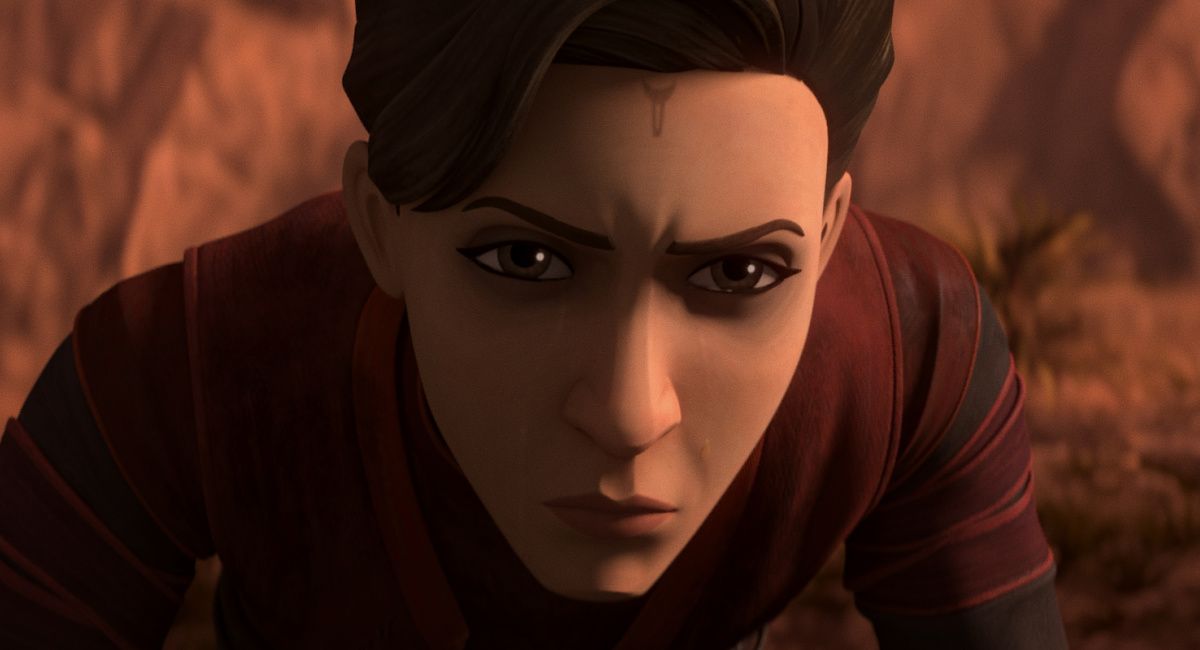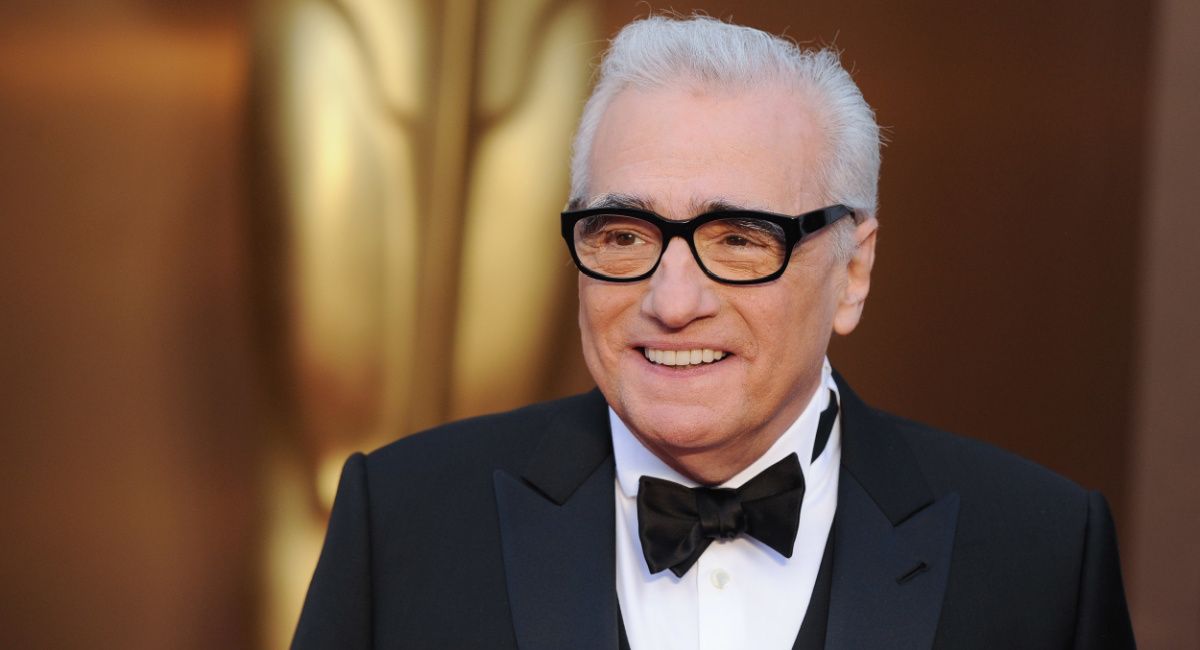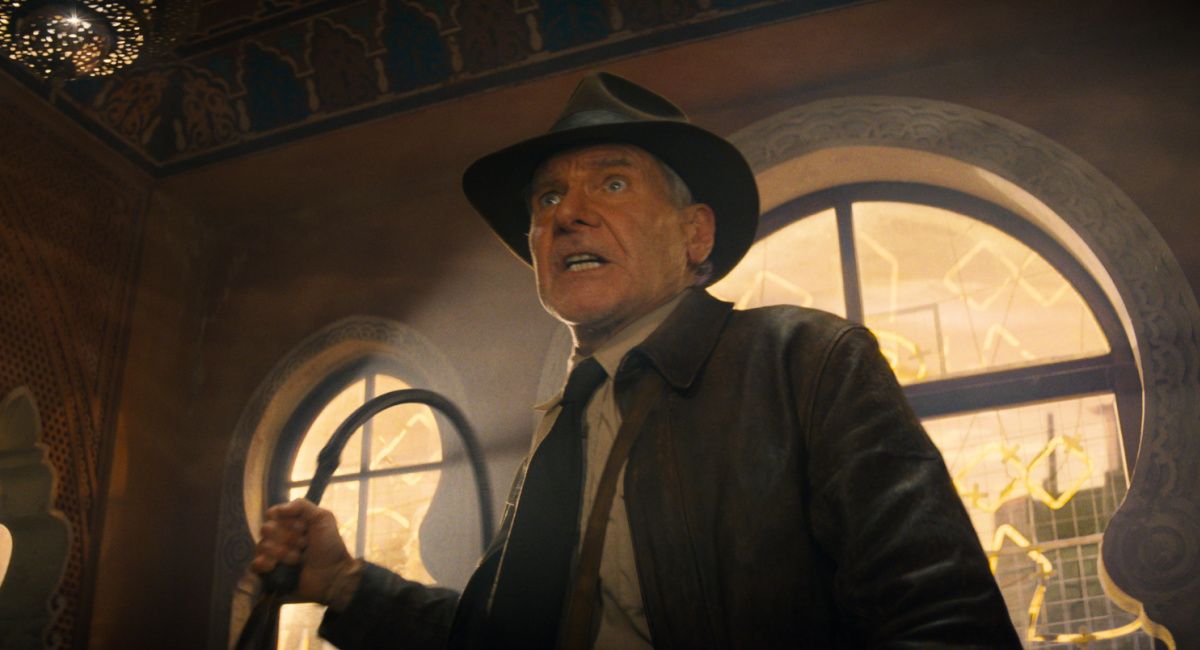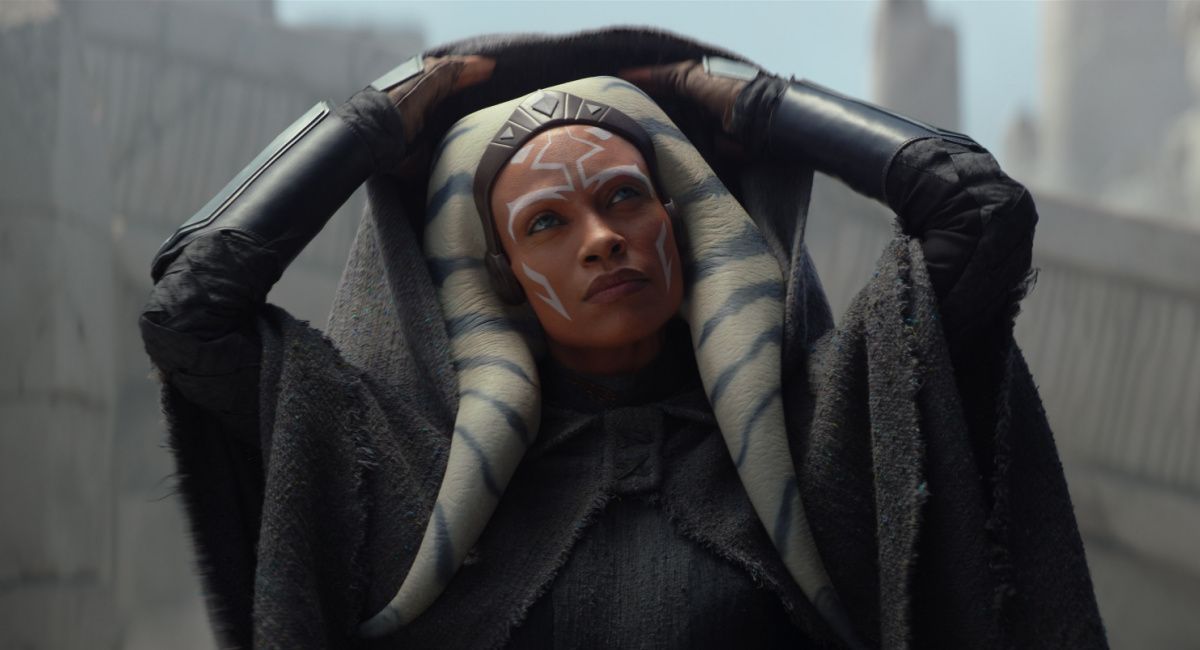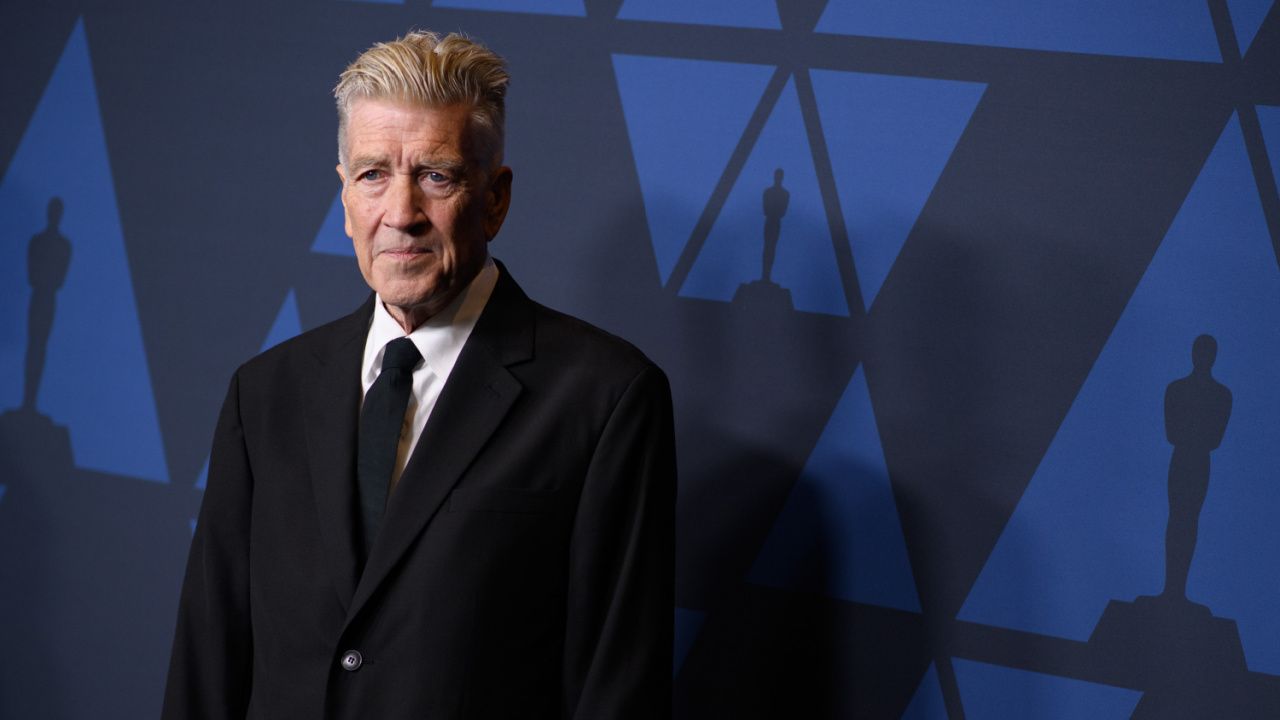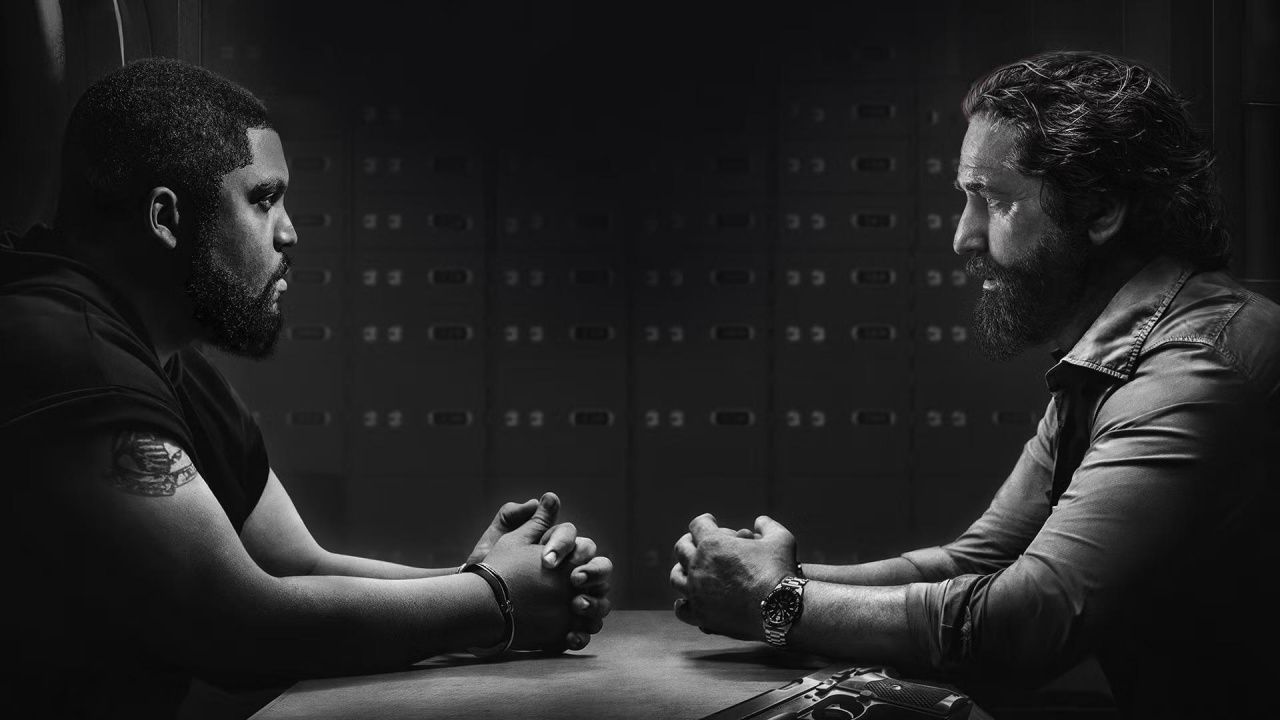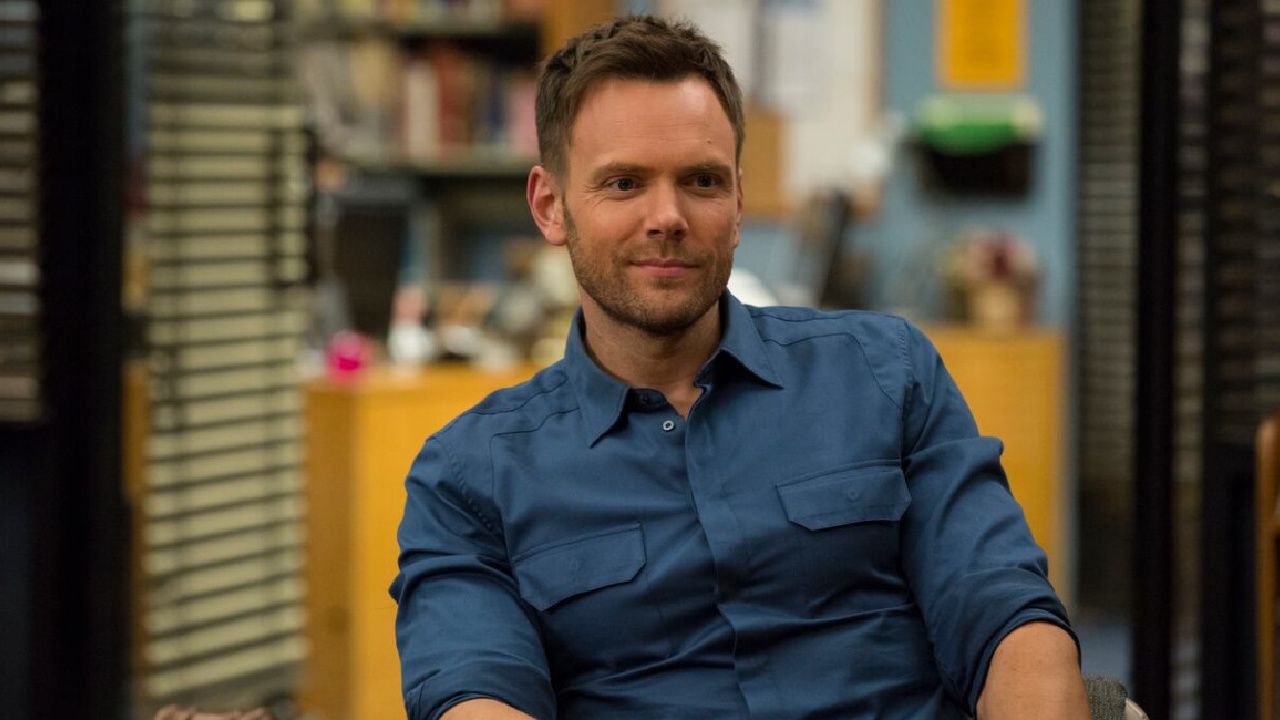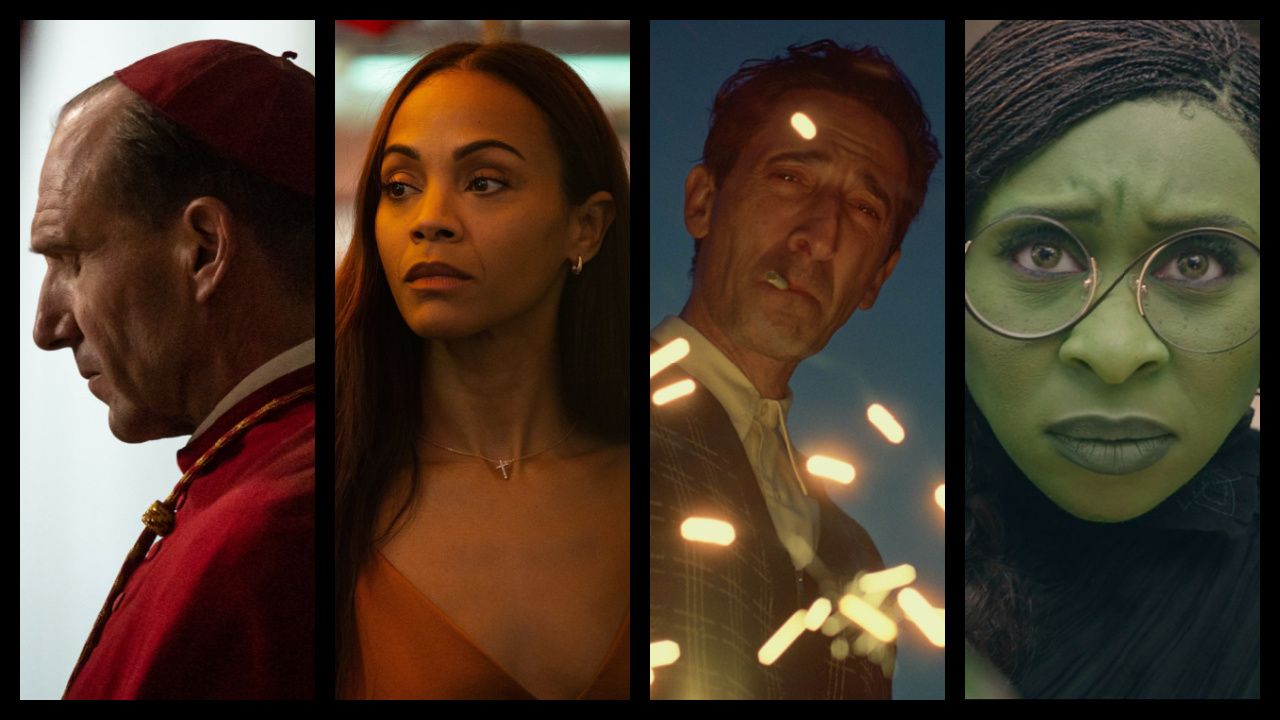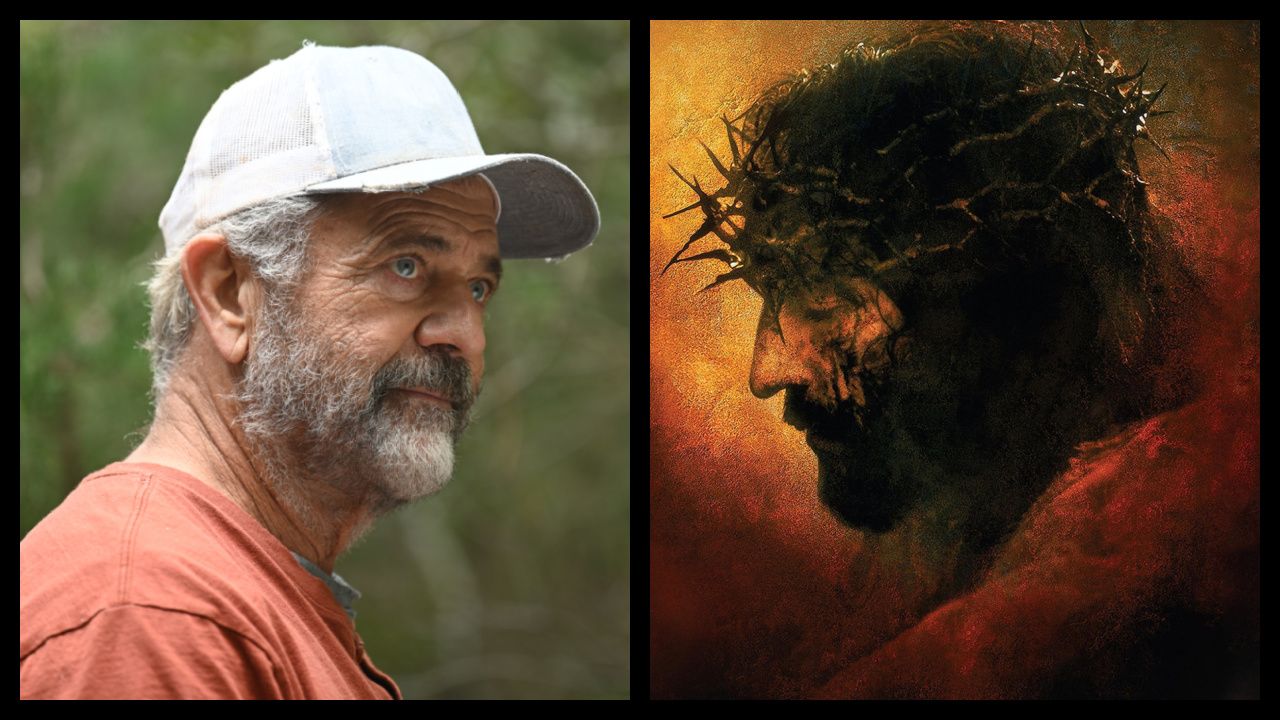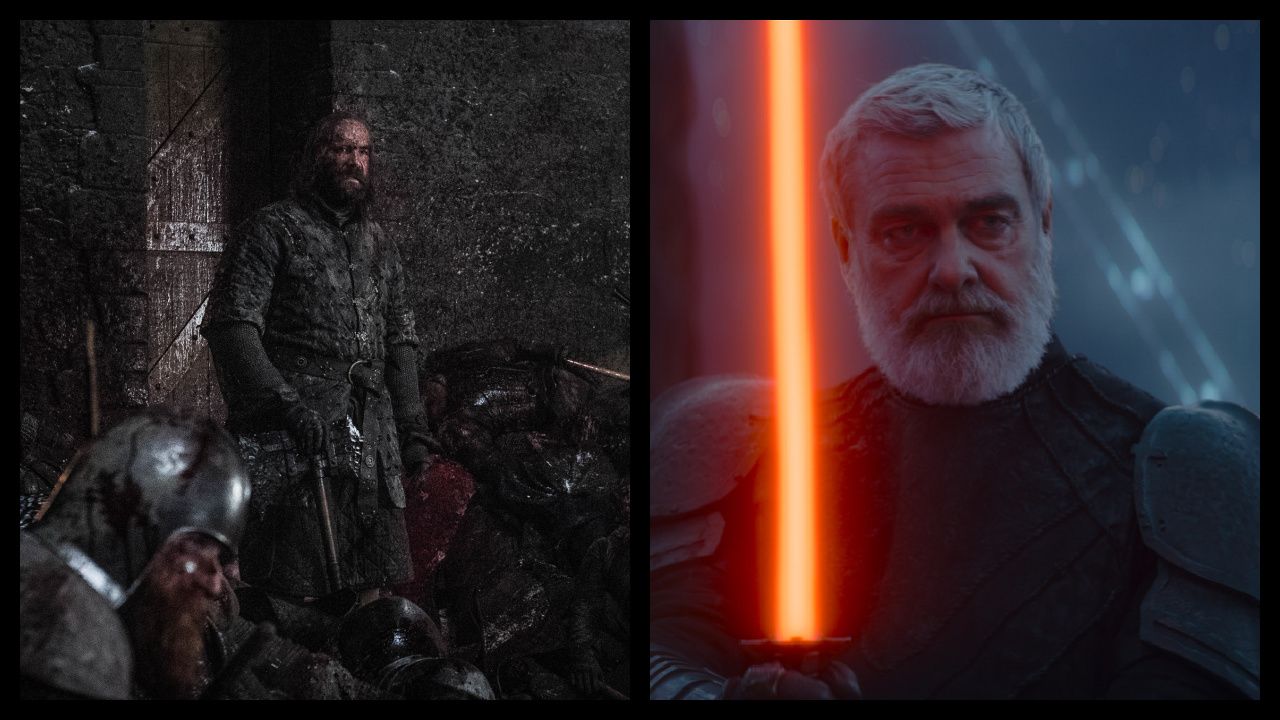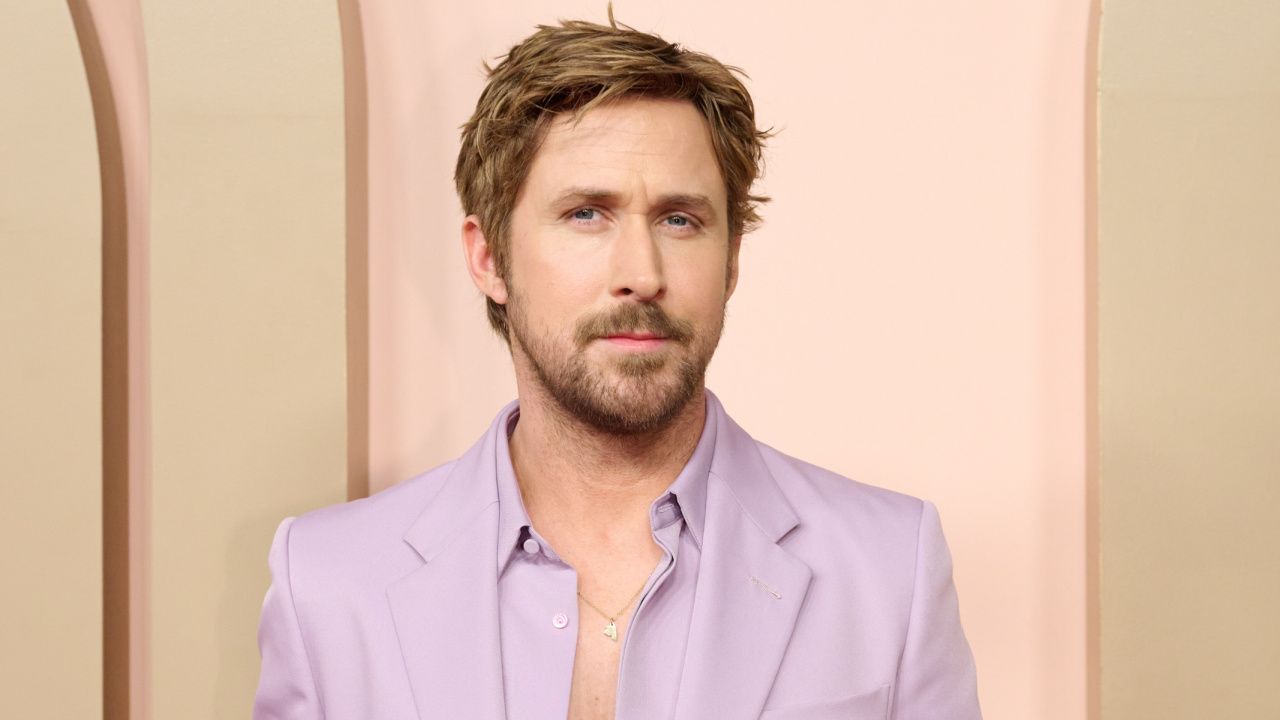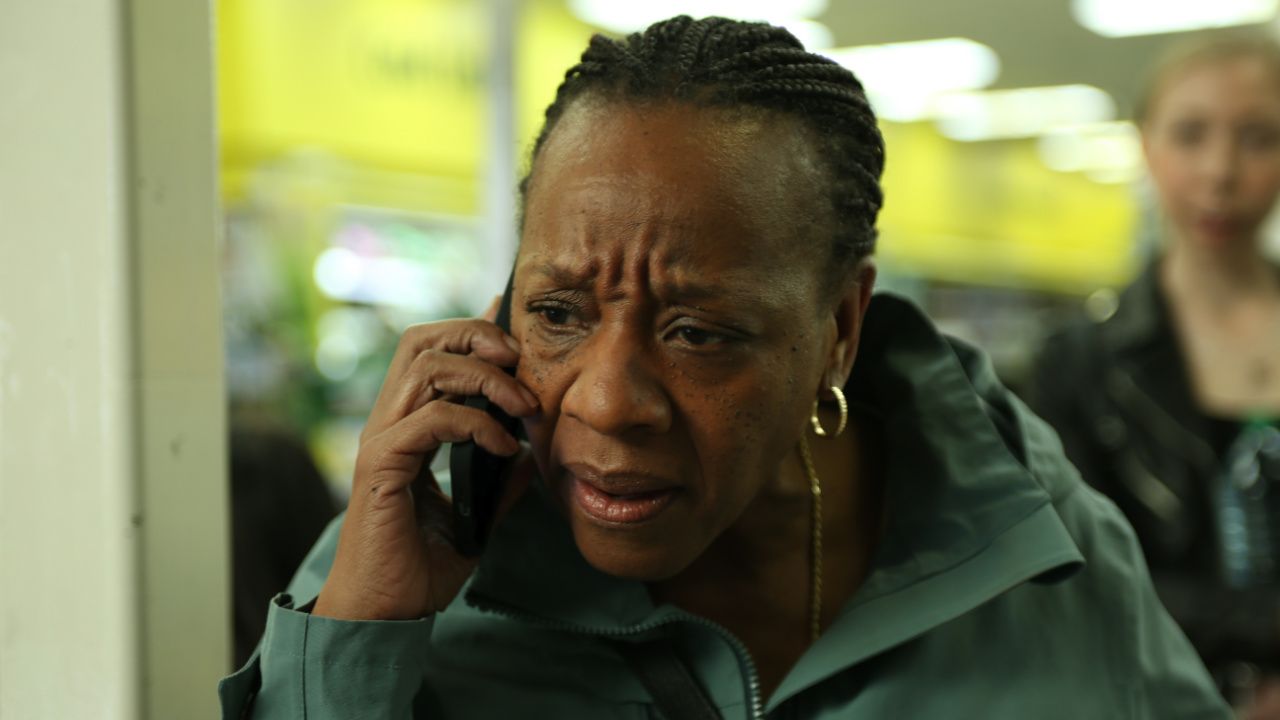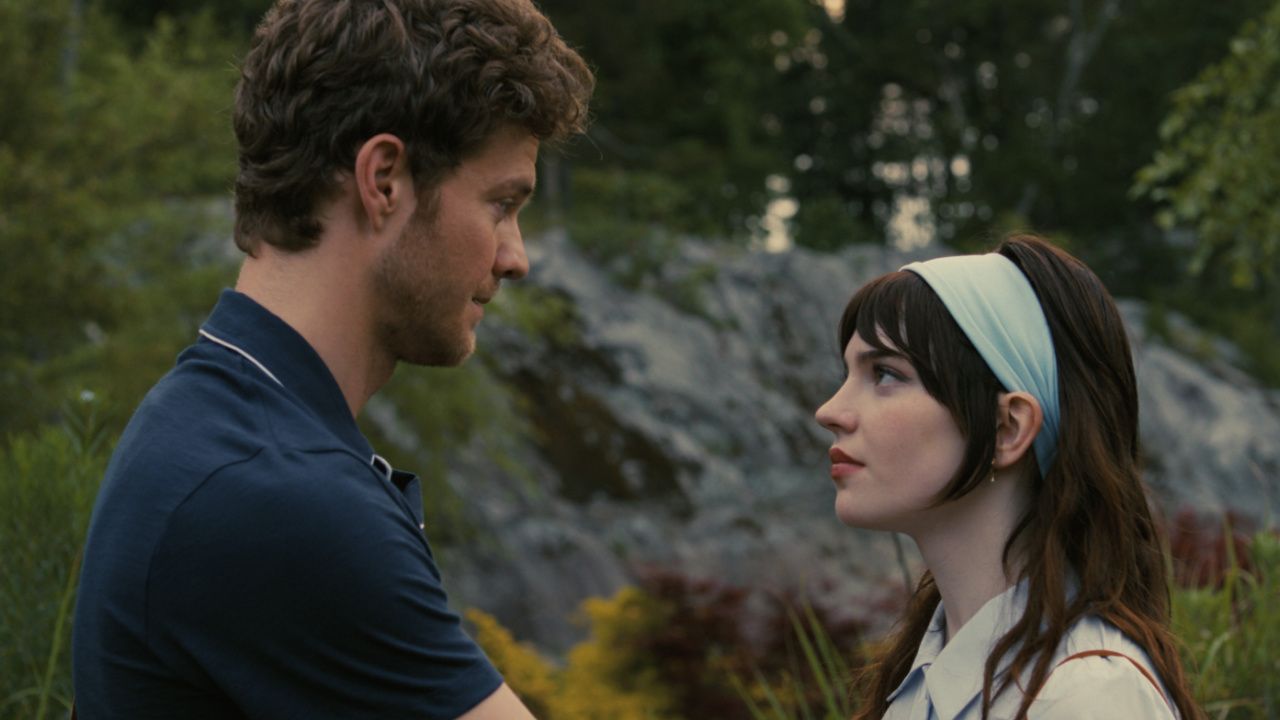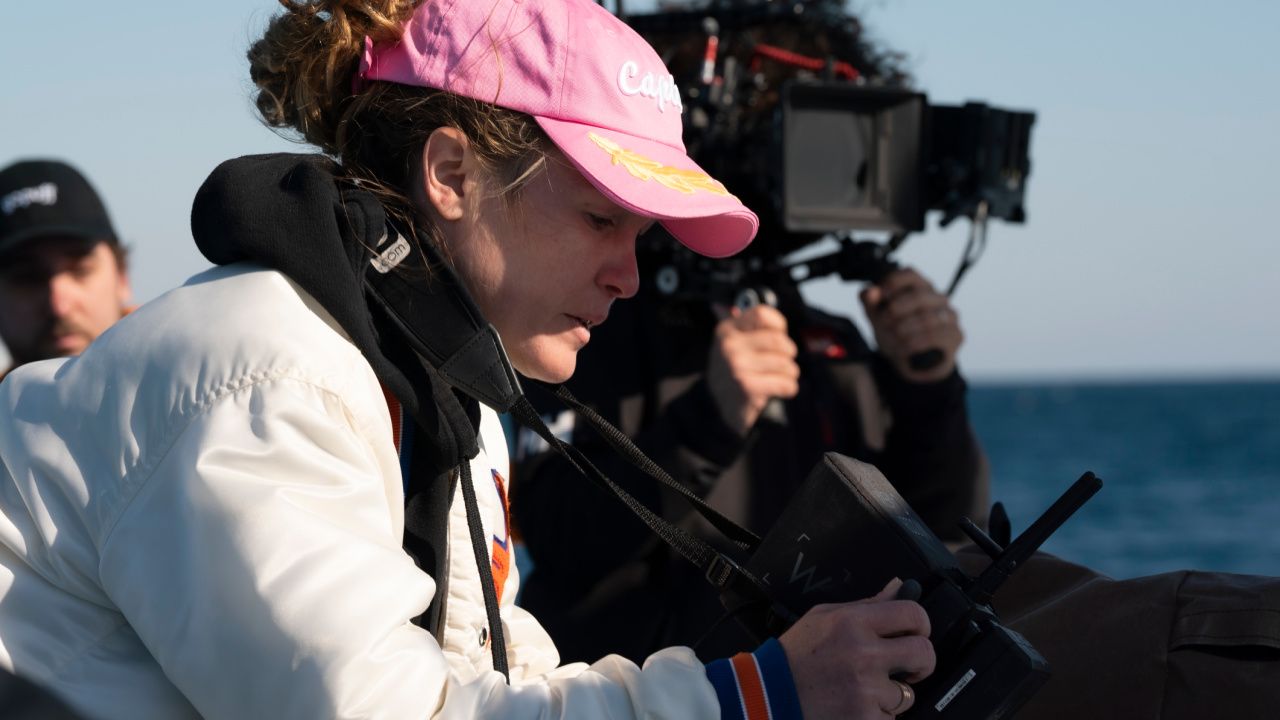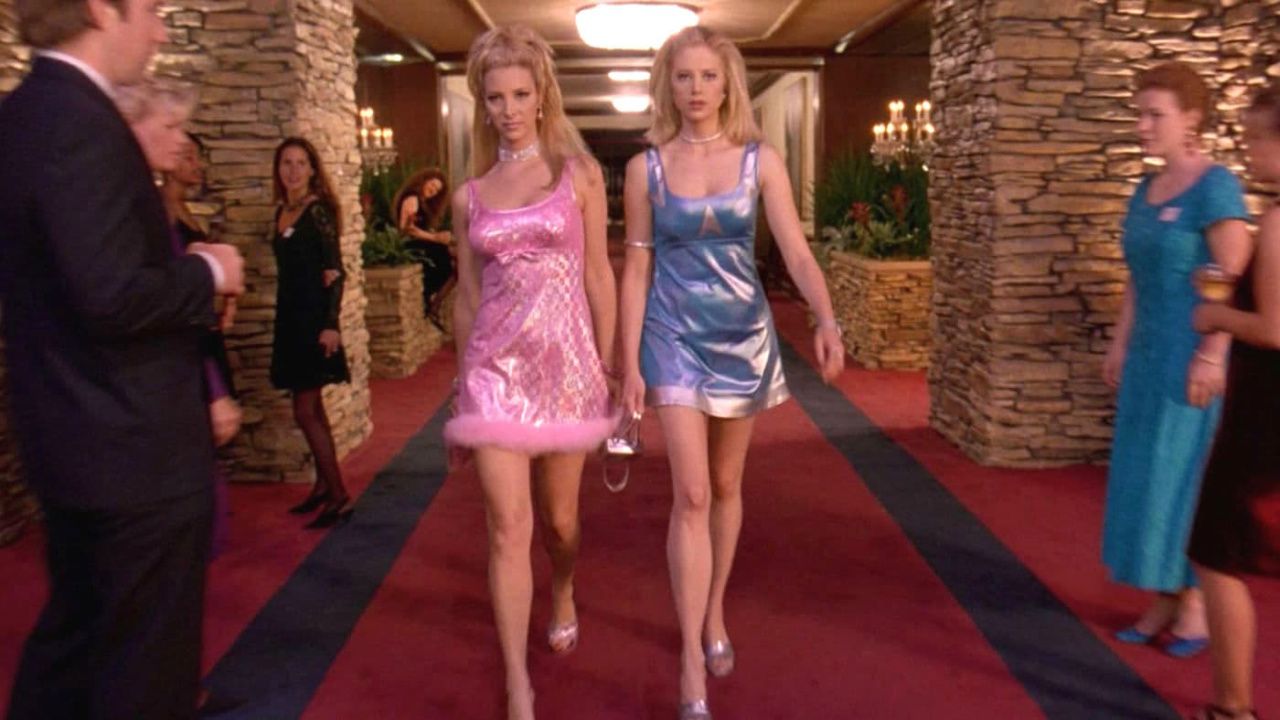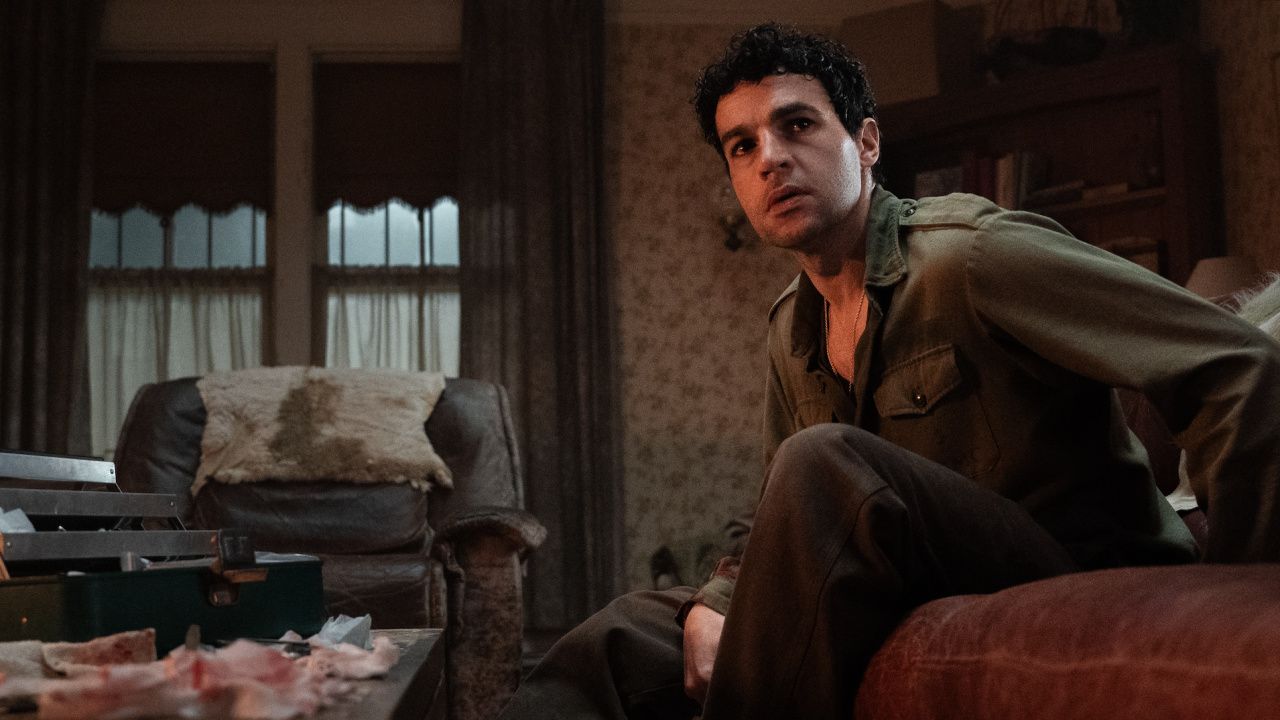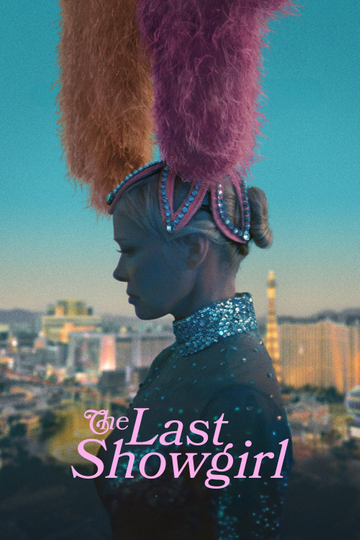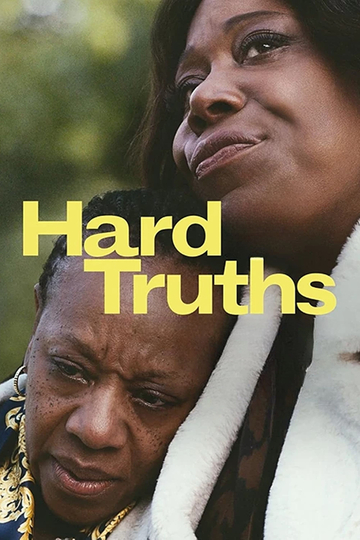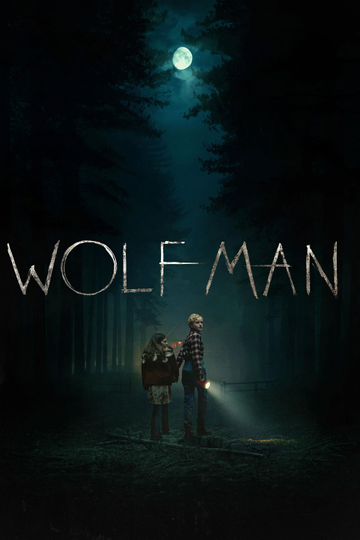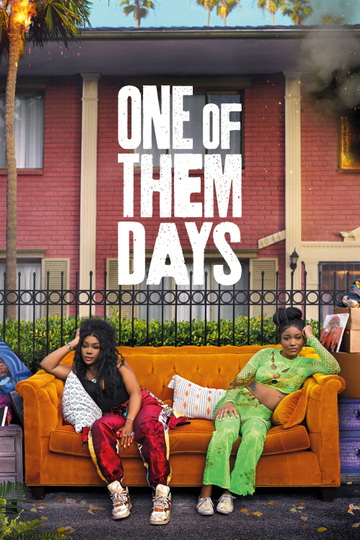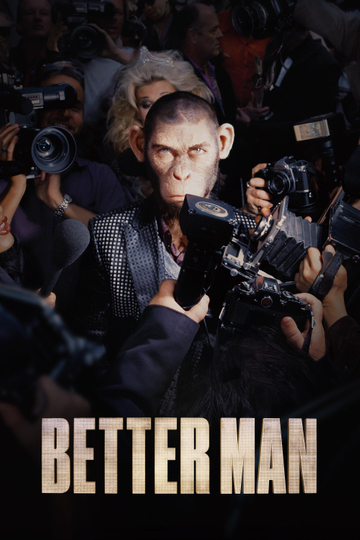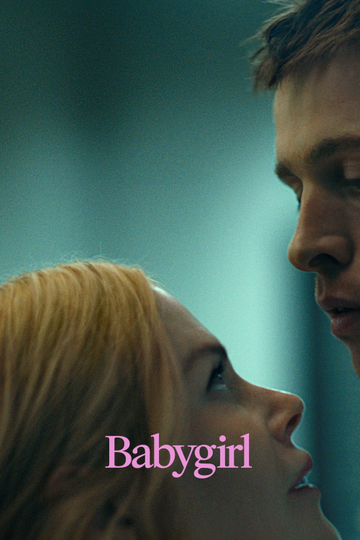16 Things You Never Knew About 'Howard the Duck'
Sure, Marvel rules the cinematic universe now, but the first attempt to bring a Marvel Comics character to the big screen was anything but a smash. In fact, "Howard the Duck" (released 30 years ago this week, on August 1, 1986) was a legendary flop.
Even though it came from the creative team behind then-recent hit "Indiana Jones and the Temple of Doom," and brought to life the existential, wisecracking, feathery anti-hero of Steve Gerber's cult-fave comic, "Howard" proved too creepy and weird for family audiences. And not edgy enough for fans of the book. It also proved for the first time that producer George Lucas was fallible.
In recent years, though, interest in "Howard" has revived, thanks to a cult of fans who insist that the movie is underappreciated and to the Marvel hit "Guardians of the Galaxy," which featured a surprise post-credits cameo by Howard. Here is the low-down behind the downy, cigar-chomping alien's big-screen debut.
1. Lucas had dreamed of making a movie about Marvel's intergalactic duck ever since his days working on "American Graffiti" in the early 1970s. Of course, his next movie was a different interstellar tale, but after the successes of the "Star Wars" and "Indiana Jones" movies, he was in a position to do whatever he wanted in Hollywood. That meant finally getting to produce "Howard the Duck," with his "Graffiti" and "Temple of Doom" screenwriters Willard Huyck and Gloria Katz adapting the comic and Huyck directing.
2. Lucas wanted Howard to be the first all-CGI lead character, but computer-animation technology wasn't advanced enough yet. Nonetheless, Howard was a technical milestone: the first totally wireless puppet lead character, operated by both radio controls and by an actor inside the duck suit.
3. The puppet's brain -- the unit that made his eyes and facial muscles move and his bill open and close -- was actually underneath Howard's tail feathers. It took many months to design Howard, in no small part because the filmmakers had to have several meetings with Disney lawyers to make sure Howard didn't resemble Donald Duck too closely.
4. There were several dwarf actors hired to wear the duck suit, including 12-year-old Jordan Prentice, who blanched at some of the more adult behavior Howard had to indulge in, and Ed Gale, then 22, who would go on to play killer doll Chucky in "Child's Play" and two of its sequels. But Howard's dialogue wasn't dubbed in until after the shoot, making the character difficult for the rest of the cast to interact with.
5. Several top comedian's were considered to provide Howard's voice, including Duckman").
6. But the filmmakers ultimately decided to go with an unknown, someone not famous enough to shatter the illusion that Howard was a real and unique creature. So they went with Broadway actor Chip Zien.
7. To play rock singer Beverly, the filmmakers auditioned many actresses, including actual rock singer Cyndi Lauper, before going with the newly-popular Lea Thompson, hot off the success of "Back to the Future". Though untrained in music, she learned how to play the guitar and did her own singing on the four songs composed for her band, written by such actual hitmakers as Thomas Dolby and George Clinton.
8. Also, that was her real hair -- the spiky coif that took two hours of teasing every day to achieve. For all of the production's lavish spending, the filmmakers declined Thompson's request to spring for a wig.9. The love scene (above) involving Howard and Beverly is probably what creeped out viewers the most -- Prentice, too (and his guardian), which is why Gale performed the scene. But Thompson thought it was no big deal.
"I had just done a love scene with my son in 'Back to the Future,' and nobody seemed to be too upset about that," she said. Of the "Howard" tryst, she said, "I thought it was hilarious. That's my sense of humor."
10. "Ferris Bueller's Day Off" co-star Jeffrey Jones, who played the villain (below), started buying up back issues of "Howard" comic books during the shoot, hoping that they'd become valuable once the movie became a hit.
11. Though Universal wanted a family audience, its marketing campaign for "Howard" suggested otherwise. A promotional deal with Budweiser featured the duck in magazine ads that claimed Bud was the beer-chugging bird's favorite brew. There was also a 1-900 number you could call and be insulted by Zien (as Howard) for $1.99 a minute.
12. The movie's budget has been estimated to be between $36 and $38 million, a princely sum for a film in 1986. It made back just $16.3 million in America and another $21.7 million overseas. "Howard's" belly flop was widely blamed for forcing the resignation of Universal production chief Frank Price a month after the film's release.
13. It was Marvel's first theatrical release since a 1940s Captain America serial. Marvel wouldn't have another big movie hit theaters for another 12 years, when "Blade" was released. 14. The movie's cult fanbase and the surprise cameo by Howard (above) at the end of 2014's "Guardians of the Galaxy" -- along with the CGI that made "Guardians"' Howard-like Rocket Raccoon a believable character -- made a lot of fans think a new "Howard" movie was imminent. Alas, according to Seth Green, who voiced the new "Howard," the in-joke was just a one-shot.
15. Howard's ties to Star-Lord and gang don't stop there. "Howard the Duck" was released exactly 28 years (to the day) before "Guardians" was released on August 1, 2014.
16. One last fact -- which might make you go all brainsplode. One good thing that came out of this flop? The creation of Pixar. See? Mind. Blown.
Because Lucas was disappointed with the then-limitations of CG proving unable to execute his ideal vision for the character, on top of facing pressures to bring cash into Lucasfilm, he turned to sell the Graphix Group -- a computer graphics division within his company. Steve Jobs, having just lost his position at Apple, purchased the Group and helped turn it into the future home of "Toy Story."











